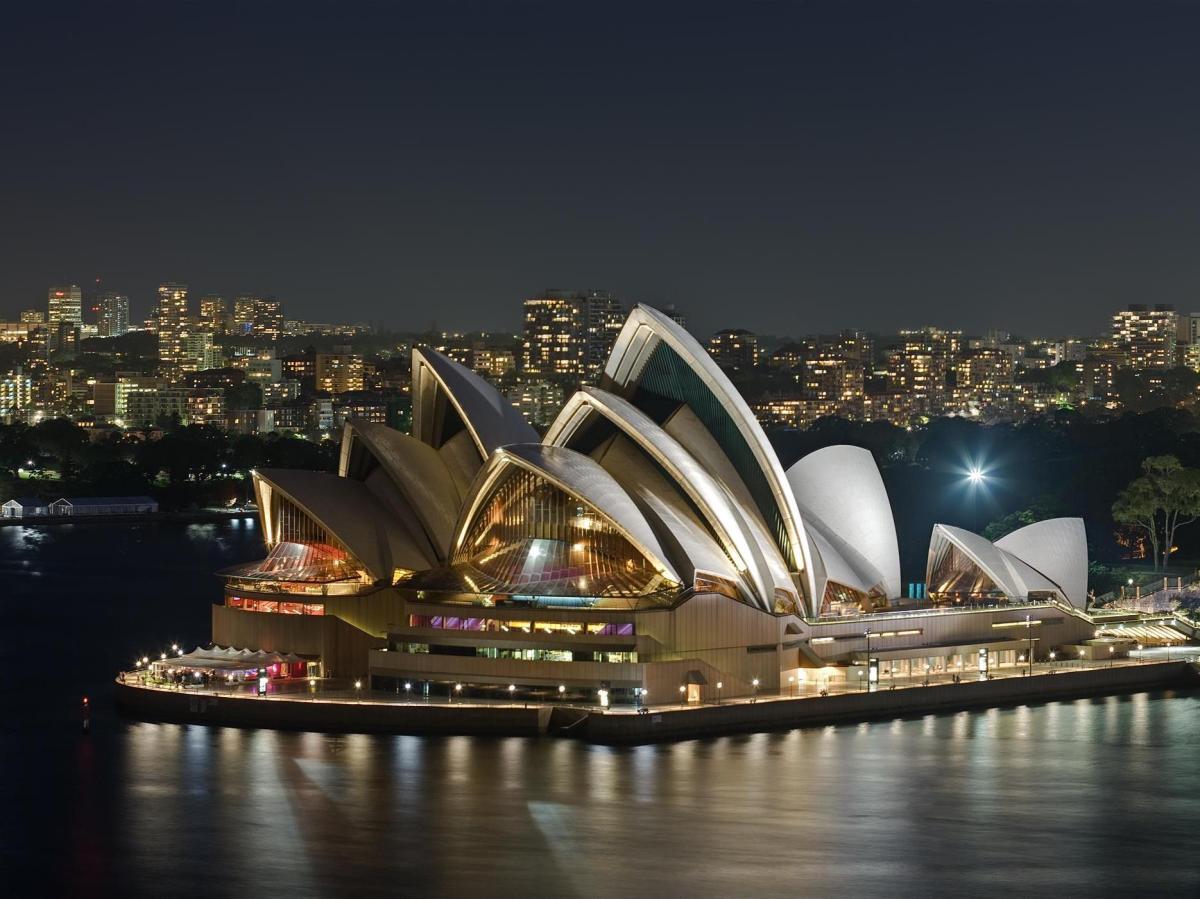Image: Sydney Opera House via Wikipedia Commons.
The Sydney Opera House is undertaking a major fundraising campaign as part of its 40th-anniversary celebrations and wants to use the opportunity to build a ‘partnership with the community’. For amounts upwards of A$100 benefactors can sponsor a tile on the structure’s tallest ‘sail’. In return they receive a customisable virtual tile (valid for ten years) and a digital certificate to share on social networks.
The Opera House’s ambitious gambit is the latest line in the burgeoning ledger of postmodern public financing. After all, it’s worked well for filmmakers, musicians, real estate developers and researchers – so why not public infrastructure?
Crowdsourcing public infrastructure
The funding of iconic cultural assets is not altogether new.
Joseph Pulitzer famously organised a micro-donation campaign to build the Statue of Liberty, for example.
But the introduction of specialised online crowdfunding platforms – more than 500 of them at last count – has spurred a dramatic new era of financial innovation which has now extended to civic projects. Sites such as Citizinvestor, Neighbor.ly, and, in the UK, Spacehive allow crowdfunding for community improvement projects.
Projexity is an urban improvement platform that enables communities to propose, design, determine and fund new neighbourhood projects. And government organisations are also turning to crowdfunding to create opportunities for community change, such as New York City Council’s Kickstarter initiative.
Among the flagship infrastructure projects supported in large part by online crowdfunding are a network of pedestrian bridges in Rotterdam (“the more you donate the longer the bridge”) and most improbably, a 66-story skyscraper in Bogota, Colombia.
Communal urban development
Described by its architects as “the biggest product in the world” and by crowdfunding commentators as the largest communal real estate campaign in the world, the first skyscraper to be constructed in Bogota in 40 years is now under construction.
More than 3,800 “common Colombians” were enticed by an extensive media campaign inviting them to purchase shares called FiDi’s which entitle them to a portion of ownership and profits. Altogether more than US$170 million was raised (of a required A$240m), all of it possible because of a little known Colombian financial mechanism which allows individual investment in real estate developments and which has in turn created a secondary market for share resale.

With those developments in mind, the American Institute of Architects (AIA) recently published a report on Crowdfunding Architecture which examines the feasibility of crowdfunding residential, commercial and industrial infrastructure projects.
In the US the passing of (most of) the JOBS Act (Jumpstart our Business Startups Act) means that crowdfunding can now be used as equity to fund private startups and, theoretically, to resource public-private partnerships.
Untested waters
As a relatively recent phenomenon, online civic crowdfunding is a highly entrepreneurial and largely untested space proposing as many questions as it does answers.
Will the crowdfunding of infrastructure primarily privilege wealthy neighbourhoods or cities or nations?
Can the public be convinced to pledge support to “unsexy” infrastructure such as water or sewerage provision? Or will only the most iconic investments motivate their monies?
What about the question of sustainability once the campaign is over? Who pays for the ongoing running costs of funded projects and initiatives?
Are emerging subscription crowdfunding initiatives, where funds are collected on a regular (weekly, monthly, annually) basis a feasible solution?
The new philanthropy
There are as many versions of civic crowdfunding as there are models of public participation. But buying a virtual roof tile is really not very far removed from existing models of philanthropic conduct in arts organisations.

Think of how many theatres “sell” naming rights to auditorium seats. Ultimately these are arrangements that position the public as invested spectators, but spectators held at bay nevertheless.
Programs such as the Sydney Opera House’s Own Our House campaign are knowingly designed to sequester donor involvement from decision-making and any other direct form of participation in what happens under the hood. You might “own” (part of) the house but you will always be a temporary and virtual guest, never a tenant – let alone a resident.
Or a new model for urban policy-making?
On the other hand, the busy emergence of civic crowdfunding initiatives promises a new approach to public involvement in the planning process, a type of engagement-led urban policy-making.
Non-experts not only participate in planning processes through the provision of funds, they actually initiate them by pinpointing community needs and then assisting in promoting possible solutions. These programs offer a platform for people to determine, invest in and build the infrastructure of their local communities.
In contrast to the abstractions of many investment practices (superannuation, to take one example) civic crowdfunding affords us an opportunity to actually see where our investments are located and the many benefits they yield above and beyond our own bank accounts.
Encouraging members of the public to virtually purchase a piece of the ceiling might solve an immediate resource problem for the Sydney Opera House but it’s not necessarily a dilemma the public has chosen to prioritise and the broader community benefits are not well articulated.
Conversely, emerging civic crowdfunding practices have the potential to really lift the lid on conventional models of community investment, by simultaneously democratising both philanthropy and public infrastructure investment.
